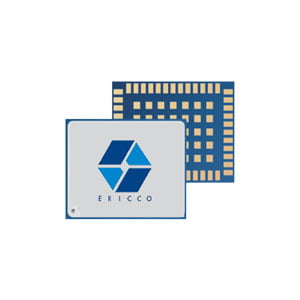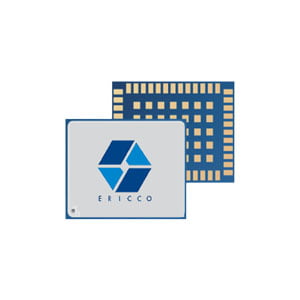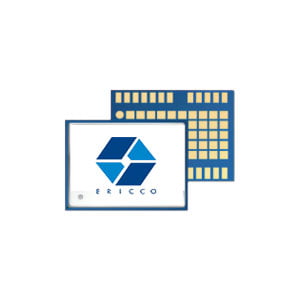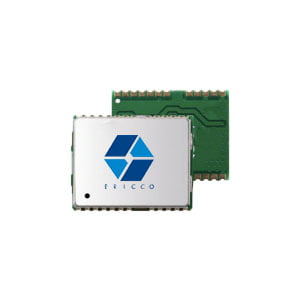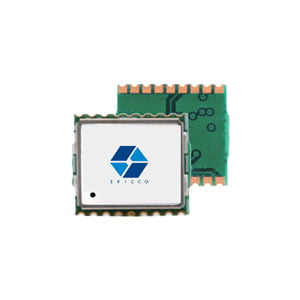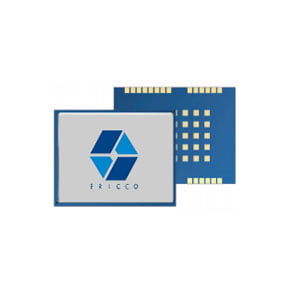In the realm of modern aviation, the seamless integration of cutting-edge technologies is paramount to ensuring safety, efficiency, and precision. Among these technologies, GNSS modules have emerged as a cornerstone, revolutionizing the way aircraft navigate the vast expanses of the skies. This article explores the multifaceted applications of GNSS modules in aviation, focusing on their technology, utilization in Unmanned Aerial Vehicles (UAVs), challenges, and the exciting future developments that promise to further elevate air navigation capabilities.
GNSS Module Technology:
A GNSS module is a self-contained device that integrates the entirety of components, including a GNSS chipset and circuitry and other required elements, into a compact package. These modules receive timestamp data, enabling the determination of a device's location, all encapsulated in a user-friendly, compact format for seamless integration.
The foundation of GNSS module technology lies in a network of satellites orbiting the Earth. These constellations enable the devices to receive signals from multiple satellites, providing highly accurate positioning and timing information. Advanced features, including multi-frequency signals, Real-Time Kinematic (RTK) correction, and differential GNSS, enhance the precision of these modules, allowing for precise and reliable navigation in various aviation scenarios. These features play a crucial role in ensuring high-precision navigation, a prerequisite for the safe and efficient operation of UAVs.
GNSS Modules in UAVs:
Unmanned Aerial Vehicles, or UAVs, have experienced a surge in applications across industries, from surveillance and agriculture to delivery services.
In UAVs, GNSS facilitates precise waypoint navigation, altitude control, and mission planning. The autonomy achieved through GNSS enables UAVs to perform tasks such as autonomous takeoff, landing, and mid-flight decision-making.
For example, by leveraging signals from satellite constellations, the modules enable UAVs to determine their exact position in real-time. This level of accuracy is paramount for executing precise waypoint navigation, allowing UAVs to follow predefined paths with unparalleled accuracy. In agricultural applications, GNSS-equipped UAVs can meticulously navigate through fields for precision crop monitoring and spraying.


In addition, GNSS technology empowers UAVs to maintain precise altitude control, ensuring they operate at specific heights above ground level. This is instrumental in applications like 3D mapping and surveying, where maintaining a consistent altitude is crucial for generating accurate and detailed aerial maps. For instance, in construction and infrastructure projects, GNSS-equipped UAVs can capture high-resolution images and data to facilitate precise mapping and monitoring of construction sites.
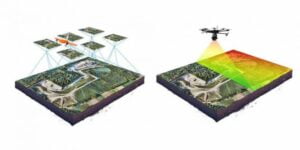

And GNSS modules contribute to the dynamic adaptability of UAV missions. Operators can plan complex missions with waypoints and specific tasks, and GNSS technology allows UAVs to autonomously execute these plans. Furthermore, the real-time nature of GNSS data enables dynamic adjustments to flight paths based on changing environmental conditions or mission requirements. This adaptability is invaluable in applications such as environmental monitoring or emergency response, where real-time adjustments are essential for mission success.
Future Developments:
The future of GNSS modules in aviation holds exciting prospects. Miniaturization of GNSS technology, integration with complementary systems, and the utilization of multiple satellite constellations are anticipated developments. Multi-constellation integration promises improved coverage and reliability, while advancements in machine learning and artificial intelligence are poised to enhance the overall performance of the modules. These developments are not only expected to address current challenges but also to unlock new capabilities, further elevating the precision and efficiency of aviation navigation.
Challenges and Considerations:
While GNSS technology offers remarkable benefits in aviation, challenges exist that demand careful consideration. Signal interference and the susceptibility to jamming pose potential threats to them. Other feared events include faults in the GNSS systems and procedures, space weather, and spoofers. Robust strategies, including signal integrity monitoring and anti-jamming technologies, are critical to mitigating these challenges. Enhanced by embedded multi-frequency point anti-jamming technology, ER-GNSS-M10 presents a robust solution with an improved RTK engine. This innovation significantly boosts the speed of RTK initialization, measurement accuracy, and reliability, especially in challenging environments like city blocks and areas with dense tree cover, where the the module is deemed almost a perfect choice for UAVs. Additionally, the need for continuous advancements in GNSS security measures is essential to safeguard aviation systems against potential disruptions.
Conclusion:
As aviation continues to evolve, GNSS modules stand as indispensable tools in the quest for enhanced navigation precision. With the emergence of the technological wave, ER-GNSS-M10 undeniably occupies a prominent position among numerous high-precision GNSS modules. Designed as a full-system full-frequency point high precision positioning module, it is built upon proprietary research and development, incorporating a state-of-the-art RF base-band and a high-precision algorithm integration GNSS SoC chip known as NebulasIV.
From traditional manned aircraft to the burgeoning world of UAVs, the applications of GNSS modules have become integral to the safety and efficiency of air travel. Challenges notwithstanding, ongoing advancements and a commitment to security are propelling GNSS technology towards a future where the skies are navigated with unprecedented accuracy and reliability, ensuring a safer and more efficient aviation landscape.
I will appreciate it if you find this article helps you a lot. For more information, you may read the articles and products below or contact us: Email: info@ericcointernational.com.
More Technical Questions
1. Decoding Navigation Technology: GNSS Boards vs. GNSS Modules – Unveiling the Distinctions
2. Distinctions Between GNSS Receivers and Antennas
3. Equipment Used in GNSS: Navigating Precision and Accuracy
5. The Difference and Connection between GPS and GNSS
Products in Article
